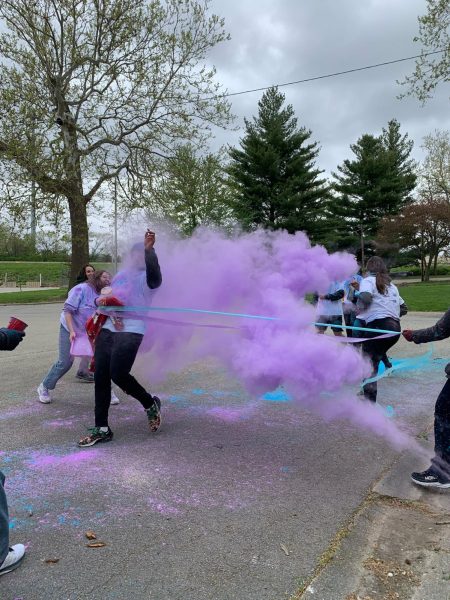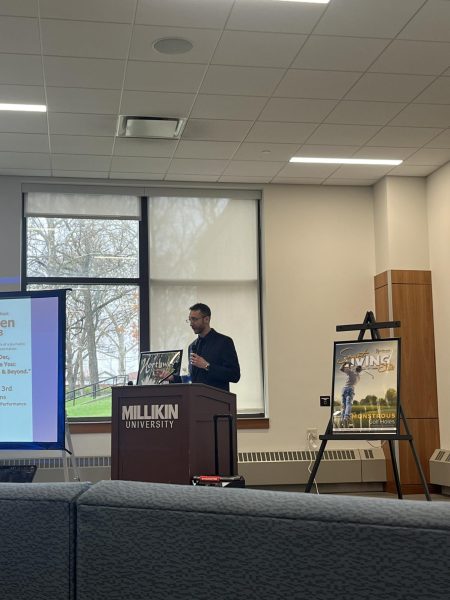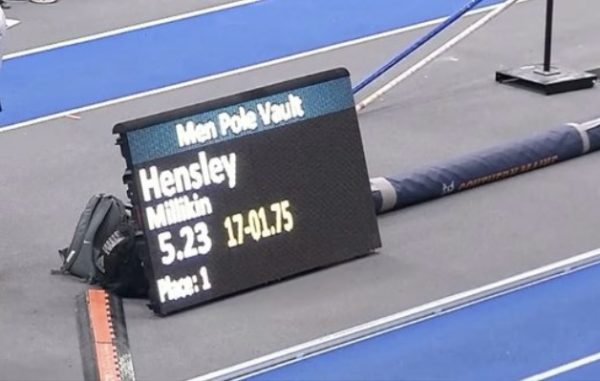Who Won the Illinois Primaries?
On Tuesday, March 15 Illinois residents had the chance to vote in the presidential primaries. The primaries will decide which members of the two opposing parties will represent their party in the upcoming race for the presidency. The winners for the Illinois primaries were Hillary Clinton, for the Democrats, and Donald Trump, for the Republicans. The democratic votes were almost cut in half due to how close Bernie Sanders was in tying for the win. Ted Cruz did not follow behind Trump as closely as Sanders followed behind Clinton.
For voters to be able to follow politics and make educated decisions when it comes to voting for their candidate, it is important for them to know how the primaries work. Depending on which party someone’s affiliated with, one person may have a different experience than another person who is affiliated with the opposite party.
The way that the Republican primaries work are as follows; Illinois Republican voters get to vote for their delegates on election day, as well as their preferred presidential candidate. Republicans get to vote for up to three delegates to represent their district. The name of which GOP candidate that they support is written beside the names of the delegates. The chosen delegates must remain in support of the candidate that they pledged to support, unless said candidate drops out.
The way that the delegates are divvied up within the Republican party is more complex than that of the Democratic Party. There are a total number of 69 delegates for the Republican party, 15 of which automatically go to the winner of the primaries. In this case, it was Donald Trump. The remaining 54 delegates were broken down by congressional district.
Donald Trump won 38.8 percent of Republican votes, so he was awarded 53 delegates. Ted Cruz won 30.3 percent of Republican votes, so he was awarded nine delegates. John Kasich won 19.7 percent of Republican votes and received five delegates. Marco Rubio won 8.6 percent of Republican votes and received two delegates. Rubio dropped out of the race on the day of the Illinois primary after the loss of his home state of Florida.
The Democratic party on the other hand, divides its 149 delegates up based of the percentage of votes that the candidates have won. For example, Hillary Clinton won 50.5 percent of Democratic votes so she received approximately 50.5 percent of the delegates, 76 to be exact. Bernie Sanders won 48.7 percent of the votes so he received 73 delegates.
Each state has super-delegates as well, and they are note bound to any specific candidate. They are typically elected officials and former members of Congress, governors, or ex-presidents. Ordinary delegates are usually local and state officials, committee members, and party activists.
Millennials may have a big part to play when it comes to deciding who the country’s next president will be. This year’s presidential election will be the first time that the millennial generation, people born between 1983 and 2000, will make up the same portion of the possible U.S. voter population as Baby Boomers. The deciding factor when it comes to how important of a part Millennials will play, of course, will be voter turnout. According to this year’s voter turnout in New Hampshire, people under 40 were responsible for approximately 19 percent of Democratic votes in New Hampshire. The turnout for Republicans was roughly 15 percent. Turnout for Millennials is expected to increase when it comes to the actual presidential election this November.
It is important that everyone comes out to vote in November to ensure that everyone has a say in the election of the next President of the United States. Register to vote soon!










